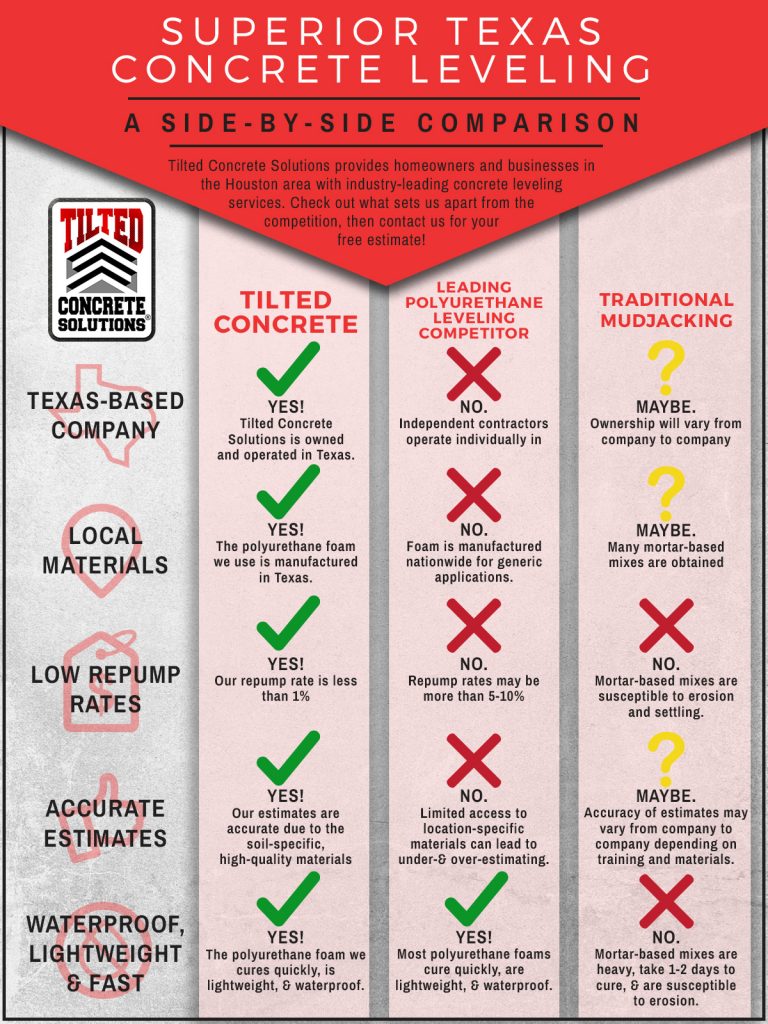Getting Your Walls Ready For A Seamless Paint Application
Getting Your Walls Ready For A Seamless Paint Application
Blog Article
Content By-Levesque Boyd
Accomplishing a perfect paint work starts with meticulous wall surface preparation. From filling out flaws to priming surface areas, each step plays a critical function in the final outcome. Yet what concerning those complicated corners and sides that can make or damage the total appearance? Stay tuned to discover professional pointers on exactly how to browse these tough locations with finesse, guaranteeing a seamless surface that will certainly elevate your space to brand-new elevations of sophistication.
Wall Surface Inspection and Repair
Evaluating wall surfaces for any kind of imperfections and quickly resolving them through needed repairs is critical for achieving a smooth and flawless paint work. Before starting the paint process, meticulously examine the walls for cracks, holes, dents, or any other damages that could affect the result.
Start by completing any type of splits or holes with spackling substance, permitting it to dry completely before sanding it to produce a smooth surface. For bigger damages or harmed areas, think about making use of joint substance to ensure a smooth repair work.
Additionally, look for visit web site of loosened paint or wallpaper that might require to be gotten rid of. Remove any type of peeling paint or old wallpaper, and sand the surface to create a consistent texture.
It's likewise necessary to inspect for water damage, as this can result in mold growth and impact the bond of the new paint. Address commercial painters of water stains or mildew with the ideal cleansing remedies before proceeding with the paint process.
Cleansing and Surface Preparation
To guarantee a pristine and well-prepared surface for paint, the next action involves thoroughly cleaning up and prepping the wall surfaces. Begin by cleaning the wall surfaces with a microfiber towel or a duster to eliminate any kind of loosened dust, webs, or debris.
For visit my web site or grime, a service of mild cleaning agent and water can be used to delicately scrub the wall surfaces, adhered to by a detailed rinse with tidy water. Pay unique focus to locations near light buttons, door deals with, and baseboards, as these tend to accumulate even more dirt.
After cleaning, it is vital to check the walls for any cracks, holes, or blemishes. pop over to this site need to be loaded with spackling substance and sanded smooth when dry. Fining sand the wall surfaces lightly with fine-grit sandpaper will certainly also aid develop a consistent surface area for paint.
Priming and Insulation
Before painting, the walls ought to be primed to make sure correct attachment of the paint and taped to shield surrounding surfaces from roaming brushstrokes. Priming acts as a vital step in the paint process, particularly for new drywall or surface areas that have been covered or repaired. It helps seal the wall, developing a smooth and consistent surface for the paint to stick to. Additionally, primer can improve the longevity and protection of the paint, inevitably bring about an extra professional and long-lasting coating.
When it involves taping, using painter's tape along trim, ceilings, and other surface areas you wish to safeguard is important to achieve clean and crisp paint lines. Painter's tape is developed to be easily applied and removed without harming the underlying surface or leaving behind any residue. Put in the time to appropriately tape off locations prior to painting to save on your own the hassle of touch-ups later on.
Verdict
To conclude, effectively preparing your walls prior to painting is crucial for accomplishing a flawless surface. By checking for imperfections, cleaning thoroughly, priming the surface area, and utilizing painter's tape for tidy lines, you can ensure a professional-looking paint task.
Taking the time to complete these steps will certainly lead to a smooth and durable finish that boosts the total appearance of your area.
